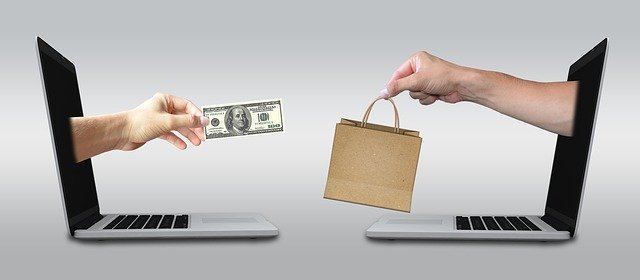
Humans all have similar psychological and emotional triggers, such as pleasure versus pain, humor versus boredom, and gratification versus dissatisfaction.
When purchasing goods, the typical consumer naturally considers costs and benefits.
Retailers can use a variety of psychological methods to affect buyers’ behavior and ultimately boost conversions and overall sales throughout the holiday season and year.
Why is psychology so important in marketing?
One of the most important reasons is that humans are emotional creatures. We make decisions based on how we feel, not just on information or logic.
For example, studies have shown that people are more likely to buy something if they feel happy, even if it’s more expensive than a similar item that doesn’t make them feel as good.
In addition to manipulating people’s emotions, retailers can also use psychology to play on people’s fears and desires.
For example, many stores use fear-based marketing tactics around the holidays. They might scare customers into thinking that they need to buy a certain product or that they’ll miss out on a great deal if they don’t act fast.
At the same time, retailers can also appeal to people’s desires. They might make customers feel like they need to buy a product in order to keep up with the Joneses or be fashionable.
Retailers use psychological methods because they work. By understanding how psychology affects people’s behavior, retailers can create marketing strategies that are more likely to result in sales.

The psychological methods that retailers use
When it comes to spending money, humans are highly influenced by their emotions. Retailers can use a variety of psychological methods to affect buyers’ behavior and ultimately boost conversions and overall sales throughout the holiday season and year.
Here are some of the most common techniques:
Scarcity and urgency
Promote a sense of urgency by creating the perception that the product is in short supply. Use phrases such as “Only XX left in stock!” or “Offer ends soon!” to create a feeling of scarcity, which can encourage customers to buy impulsively.
Social proof
When customers are uncertain about a purchase, they may look to their peers for guidance. Retailers can take advantage of this by using social media platforms to showcase customer reviews and positive testimonials.
This technique can help to build trust and encourage potential buyers to make a purchase.
Framing
Framing is the way in which information is presented to consumers. For example, a retailer might highlight the price of an item without mentioning the total cost, including taxes and shipping.
This can create a sense of savings and encourage customers to buy more items.
Authority
Consumers are often influenced by authority figures, such as experts or well-known brands. Retailers can use this to their advantage by featuring influential people in their advertising or by using recognizable logos and symbols.
Manipulative design
Retailers are becoming increasingly savvy with the use of manipulative design techniques, such as color displays and attractive packaging.
These strategies can be used to lure buyers in and encourage them to make a purchase.
Fear of missing out (FOMO)
The fear of missing out, or FOMO, is a common psychological phenomenon that can be used to persuade customers to buy items they may not need.
Retailers can create a sense of urgency by promoting limited-time offers or displaying products that are in high demand.
Positive reinforcement
Positive reinforcement is a technique used to increase the likelihood of the desired behavior by providing positive feedback. Retailers can use this strategy by offering discounts or rewards for spending a certain amount of money, or by providing free shipping on orders over a certain amount.
Baiting and switching
Baiting and switching is the act of advertising a product at a lower price than the actual selling price. This technique can be used to lure in customers and then encourage them to buy a more expensive item.
Cognitive dissonance
Cognitive dissonance is the uncomfortable feeling that arises when people hold two contradictory beliefs simultaneously. Retailers can use this to their advantage by offering a refund or exchange policy on items that are later returned.
This can create a sense of satisfaction in the buyer and reduce the likelihood of returning an item.
Humor
Humor can be a powerful tool for retailers, as it can be used to create a positive emotional response in customers.
Retailers can use humorous ads, slogans, and images to lighten the mood and make buyers feel more relaxed about making a purchase.
- Read also: Reassurance Seeking on Social Media For Mental Health
- Read also: What Does Your Profile Picture Reveal About Your Personality
The takeaway
Psychological methods can be a powerful tool for retailers, and the holidays are a great time to put them to use.
By understanding the most common techniques, retailers can boost sales and create a more positive buying experience for customers.
Now that we know some of the most common psychological techniques used by retailers, let’s take a look at how to put them into practice.



